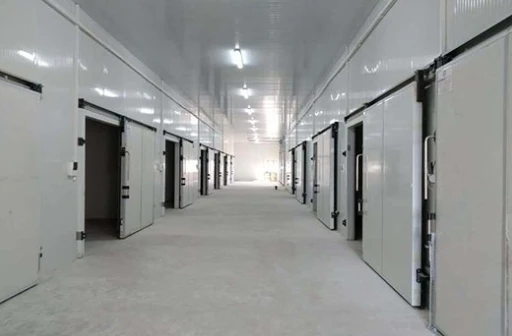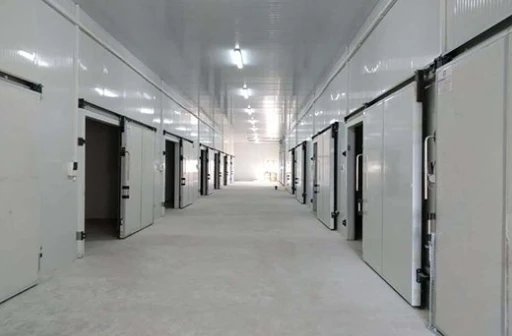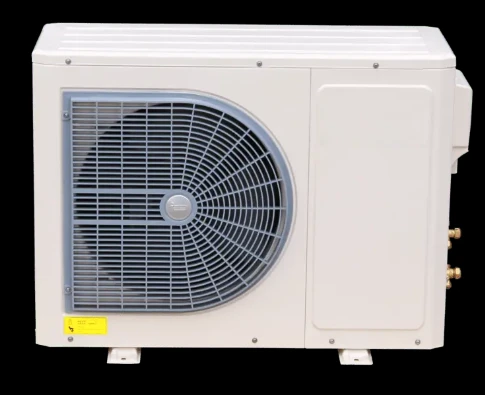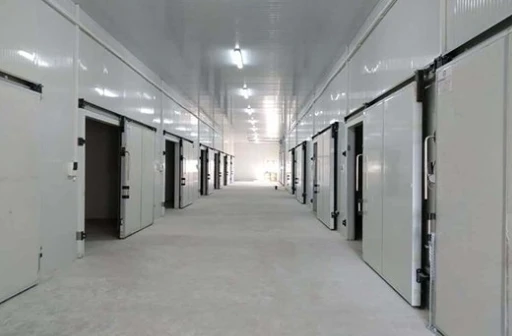Condensing Units Powerhouses
From commercial refrigeration to industrial processes, condensing units form the backbone of modern cooling systems. This comprehensive guide explores air cooled condensing unit technology, examines the synergy between condensing unit and evaporator coil, investigates specialized low temperature condensing unit applications, and explains refrigeration condensing unit fundamentals – revealing how these components maintain precise temperature control across industries.
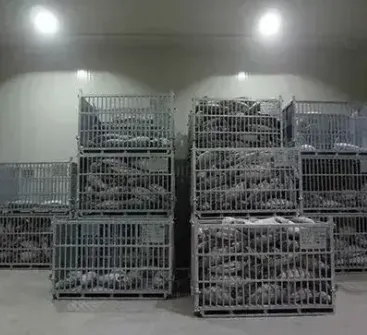
Condensing Units: The Heart of Cooling Systems
Modern condensing units represent sophisticated thermal exchange technology that outperforms conventional cooling methods. These systems compress refrigerant gas, remove its heat through condensation, then circulate the cooled liquid to complete the refrigeration cycle. Industrial-grade condensing units incorporate corrosion-resistant components and intelligent controls that optimize performance while minimizing energy consumption. Recent advancements include variable speed compressors that adjust cooling capacity in real-time, maintaining precise temperatures within ±0.5°C even under substantial heat loads.
Air Cooled Condensing Unit Advantages
দ্য air cooled condensing unit dominates commercial applications due to its simple installation and low maintenance requirements. These units use ambient air to cool refrigerant through finned coil heat exchangers, eliminating the need for water connections. Modern air cooled condensing unit designs feature aerodynamic fan blades and optimized airflow patterns that reduce noise levels below 65 dB while improving efficiency. Advanced models incorporate self-cleaning mechanisms that prevent dust accumulation and maintain peak performance throughout thousands of operating hours.
Low Temperature Condensing Unit Specialization
Specialized low temperature condensing unit systems operate at sub-zero ranges for freezing applications like food processing and medical storage. These heavy-duty units feature extra-thick insulation, low-temperature compressors, and enhanced oil return systems that prevent viscosity issues in cold environments. The low temperature condensing unit typically incorporates multiple safety controls to protect against refrigerant flooding during defrost cycles. Industrial versions include heat recovery options that repurpose waste thermal energy, significantly improving overall system efficiency in energy-intensive cold storage facilities.
Refrigeration Condensing Unit Fundamentals
দ্য refrigeration condensing unit serves as the core mechanical component in vapor-compression cooling systems. These units compress refrigerant vapor, raise its pressure and temperature, then condense it back to liquid form by rejecting heat. Modern refrigeration condensing unit designs focus on energy efficiency through features like electronic expansion valves, variable speed fans, and microprocessor-controlled defrost cycles. Commercial-grade units achieve coefficient of performance (COP) ratings exceeding 3.0, meaning they deliver three times more cooling energy than the electrical energy they consume.
ঘনীভূত ইউনিট FAQ
What maintenance do condensing units require?
To ensure the optimal performance of the condenser unit and prevent compressor failure, regular cleaning of the condenser coils and annual checks of the refrigerant level are crucial maintenance measures.And after the goods are shipped,Xuexiang Refrigeration will provide a warranty period of up to 18 months for the products.The wearing parts and consumables will be supplied at factory price for lifetime.
How does an air cooled condensing unit differ from water-cooled models?
Air-cooled condenser is a kind of radiating facility. Four models available: H,V,U and L.H.L type isside bolwing,V and U type are roof blowing.Water-cooled models are advanced cooling systems that use water as the primary medium for heat dissipation.While both perform the same function, air cooled condensing unit systems use ambient air instead of water for heat rejection, simplifying installation but requiring more space.
Why is proper matching of condensing unit and evaporator coil important?
While the condensing unit pressurizes and cools refrigerant gas, the evaporator coil absorbs heat from the target environment. Proper matching of condensing unit and evaporator coil capacities ensures maximum system efficiency – undersized components strain to meet demand while oversized units short-cycle, wasting energy. Modern systems use microprocessor controllers that coordinate operation between these components, adjusting refrigerant flow rates to maintain precise temperature control.
Mismatched condensing unit and evaporator coil combinations reduce efficiency by up to 30% and can cause premature component failure due to improper refrigerant flow.
What applications require low temperature condensing unit systems?
Xuexiang has its own quality inspection system strictly implementing it.From materials enter the factory,each production step has dedicated quality inspection personnel to control the production quality.The low temperature condensing unit is essential for freezing applications below -10°C, including frozen food storage, pharmaceutical preservation, and industrial processes.
How has refrigeration condensing unit technology improved recently?
At present, the design of modern refrigeration condensing units has incorporated a variety of advanced technologies, including variable speed compressors, advanced heat exchangers, and intelligent control systems. These intelligent control systems can automatically optimize the operating performance of the units, ensuring that the refrigeration efficiency and energy efficiency ratio reach the best state.
From standard condensing units to specialized low temperature condensing unit systems, these components continue evolving to meet diverse cooling demands. The synergy between condensing unit and evaporator coil demonstrates how integrated system design maximizes efficiency, while refrigeration condensing unit innovations push the boundaries of energy-efficient cooling. Whether specifying an air cooled condensing unit for commercial use or industrial-grade systems for demanding applications, understanding these thermal workhorses ensures optimal performance across all temperature control scenarios.













































































































